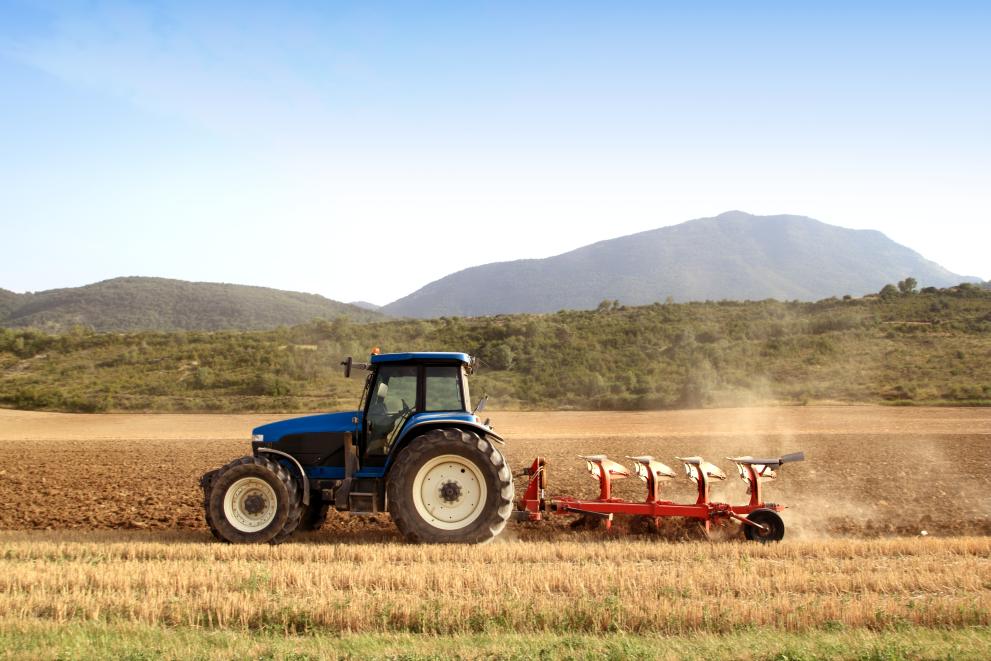
Worldwide agricultural intensification and the industrialisation of the horticultural farming sector, have accelerated the process of global change impacting ecosystem services (ES). The awareness of the impact of conventional industrial farming on ecosystems has led to increasing recognition of the need to transform the sector to a more sustainable system.
Agroecology is a holistic approach to changing the agrifood system, using ecological principles to create sustainable, resilient agroecosystems, conserving biodiversity and enhancing the supply of ecosystem services, while ensuring the viability of fair and sustainable locally-based food systems. Agroecology encompasses reduced tillage, elimination of chemical synthesised fertilisers and pesticides, and use of biodiversity-based solutions – to enhance food production through increasing soil fertility, pollination and natural pest control.
This study offers an important first attempt at exploring the link between agroecology and multiple ecosystem services (ES) present in a real-world farm setting. Agroecology aims to enhance the supply of the three types of ESs – ‘provisioning’ (i.e. those ESs that provide people with direct benefits such as food and drinking water), ‘regulating’ (e.g. soil fertility) and ‘cultural’ (e.g. landscape beauty, environmental education).
Agroecology is an evolving concept, and the findings of this study coincide with ongoing European agricultural policy reform, as part of the European Green Deal, and the Farm to Fork strategy.
The research took place over two summers in 2019 and 2020, in the south-eastern region of Madrid, Spain, on 12 agroecological and 12 conventional farms. Biophysical samples were collected over the course of the two summers, whereas interviews with farmers took place in September 2019. The farmers answered questions about 13 practices which impact ecosystem services: animal breeding, crop association, crop diversification, crop rotation, beehive installation, aromatic plants, drip irrigation, fallow, light/no tillage, nest-boxes for insects, organic/no fertilisers, organic/no herbicides and organic/no pesticides.
The researchers selected 17 ES indicators as proxies for 12 diverse ecosystem services – for example, food, local ecological knowledge, recreation, soil fertility and pest control. Eleven of the indicators were measured through biophysical field sampling – such as soil sampling for nitrogen/phosphorous/potassium; and six were assessed via the farmer interviews – for example, diversity of crops.
The study was conducted on horticultural farms, where the main crops grown were tomato, pepper, onion, potato, lettuce, courgette, aubergine and melon. ‘Conventional` farms were those that applied one or more input(s) prohibited under the organic agricultural regulations – such as synthetic pesticides. In contrast, agroecological farms were those defined as such by farmers, and which did not apply any prohibited inputs under organic agriculture regulations.
The data analysis showed that agroecological farmers applied more ecological practices than conventional farmers, and had a higher potential to supply regulating, provisioning and cultural ESs. Agroecological practices of crop diversification, light tillage and use of organic pesticides were associated with enhancing soil fertility, pest control and pollination services.
The conventional farmers applied an average of four agroecological practices, while agroecological farmers applied an average of nine of the methods. All agroecological farmers used either no, or solely organic inputs, and employed crop diversification. Crop rotation, reduced tillage and growing aromatic plants (such as sowing lavender on farm margins to attract pollinators) were also frequently used by agroecological farmers.
In interviews, agroecological farmers linked the use of agroecological practices to the nurturing of eight ESs: food production, diversity of crops, pest control, pollination, soil conservation/fertility, weed control, water regulation and local ecological knowledge. In contrast, conventional farmers linked the use of agroecological practices to the enrichment of three ESs: food production, soil conservation/fertility and water regulation.
The researchers suggest that agroecological principles are key to decelerating the process of global change by increasing the diversity and supply of ecosystem services. This study provides evidence that agroecological practices enhance ESs at horticultural farms, which the researchers posit is relevant to upscaling agroecology in the context of ongoing European agricultural policy reforms.
Source:
Palomo-Campesino, S., García-Llorente, M., Hevia, V., Boeraeve, F., Dendoncker, N., and González, J. A. (2022) Do agroecological practices enhance the supply of ecosystem services? A comparison between agroecological and conventional horticultural farms. Ecosystem Services, 57: 101474. Available from: https://doi.org/10.1016/j.ecoser.2022.101474
To cite this article/service:
“Science for Environment Policy”: European Commission DG Environment News Alert Service, edited by the Science Communication Unit, The University of the West of England, Bristol.
Notes on content:
The contents and views included in Science for Environment Policy are based on independent, peer reviewed research and do not necessarily reflect the position of the European Commission. Please note that this article is a summary of only one study. Other studies may come to other conclusions.
Details
- Publication date
- 15 March 2023
- Author
- Directorate-General for Environment

